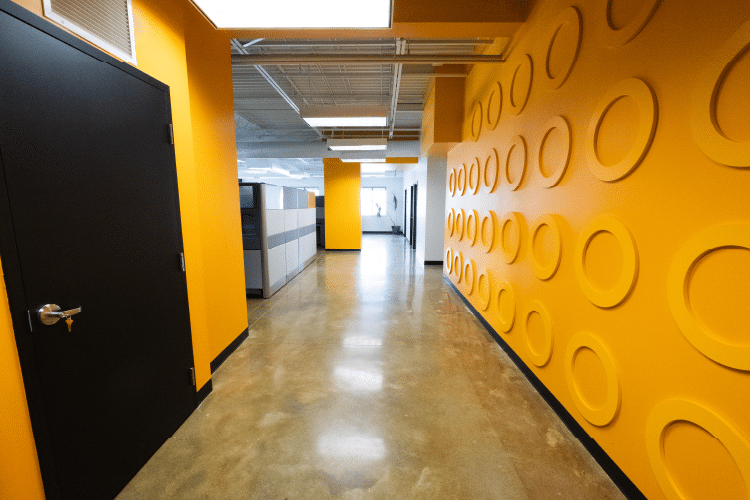As businesses in Georgina, Ontario, and across the globe are navigating the post-pandemic landscape, there is a growing emphasis on creating work environments that prioritize employee well-being and productivity. The return to the office presents a unique opportunity for companies to reevaluate their workspace and invest in designs that foster a positive and collaborative atmosphere. One effective way to achieve this is by hiring an interior designer to assist with the return-to-work strategy.
The Role of Interior Design in the Workplace
Interior design plays a crucial role in shaping the ambiance and functionality of a workspace. A well-designed office can significantly impact employee morale, creativity, and overall job satisfaction. With the return-to-work strategy becoming a focal point for businesses, investing in a professional interior designer becomes essential to optimize the office environment.
Understanding the Needs of the Workforce
An experienced interior designer will begin the process by conducting a thorough assessment of the company’s culture, values, and the specific needs of its workforce. This includes considering the nature of the work, the preferred working styles of employees, and any unique requirements of the industry.
Creating Functional and Adaptable Spaces
One of the primary goals of an interior designer is to create a workspace that is both functional and adaptable. This involves optimizing layouts to enhance collaboration, providing ergonomic furniture for employee comfort, and ensuring that the office design aligns with the organization’s brand and values. Flexibility is key, as the post-pandemic work environment may involve a combination of remote and in-office work.
Implementing Health and Safety Measures
Given the ongoing concerns related to health and safety, an interior designer can help integrate design elements that prioritize the well-being of employees. This may include the strategic placement of sanitization stations, implementing touchless technologies, and optimizing the airflow and ventilation systems within the office space.
Enhancing Employee Well-being
Employee well-being is at the forefront of modern workplace design. An interior designer can introduce elements such as biophilic design, which incorporates natural elements like plants and sunlight to create a more positive and calming atmosphere. The use of color psychology, ergonomic furniture, and comfortable break areas are also integral components of a well-designed workspace that contributes to employee well-being.
Reflecting Company Culture
The office environment is a reflection of a company’s culture and values. An interior designer can work closely with the organization to integrate its unique identity into the design. This may involve incorporating brand colors, logos, and thematic elements that resonate with the company’s mission and vision.
As businesses in Georgina, ON, embark on the journey of returning to the office, the role of interior design in shaping a conducive and inspiring workspace cannot be overstated. By investing in the expertise of an interior designer, organizations can not only enhance the physical aspects of their offices but also contribute to the overall well-being and productivity of their workforce. The return-to-work strategy, when coupled with thoughtful interior design, has the potential to create a workspace that aligns with the evolving needs of the post-pandemic era.

